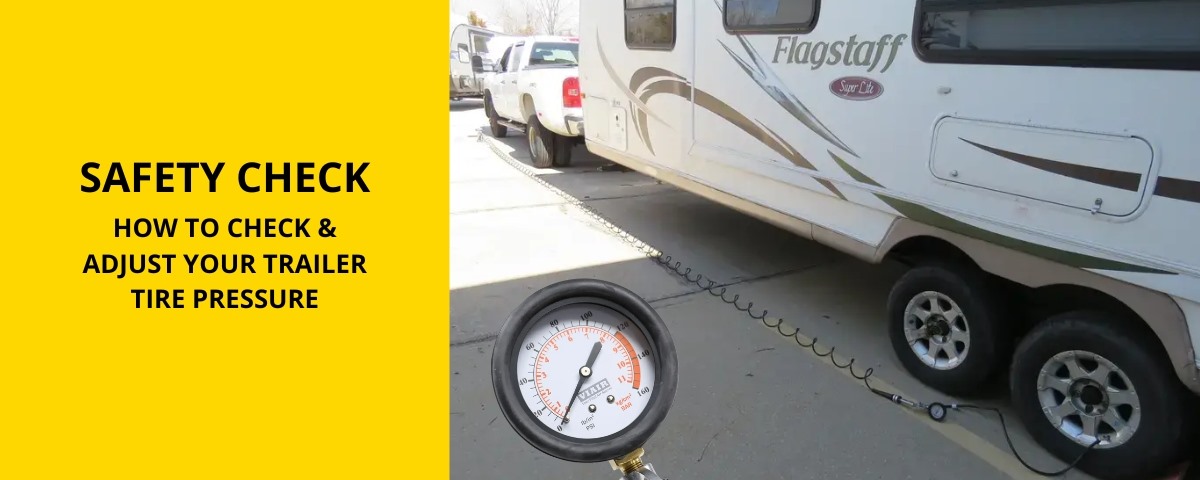
Safety check: how to check & adjust your trailer tire pressure
How Often Should You Check Your RV/Trailer Tire Pressure?
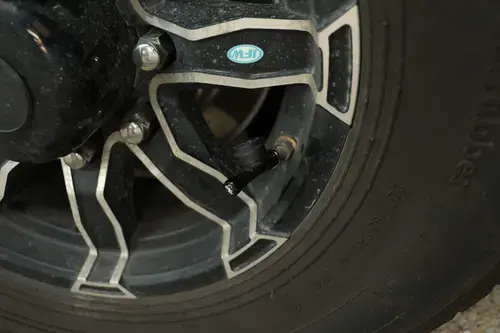
What Should Your Tire Pressure (PSI) Be?
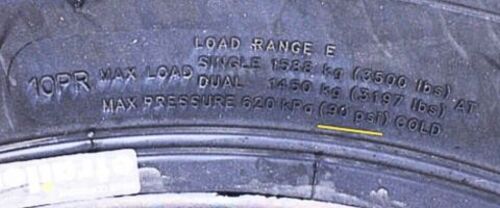
How to Check Your Tire Pressure
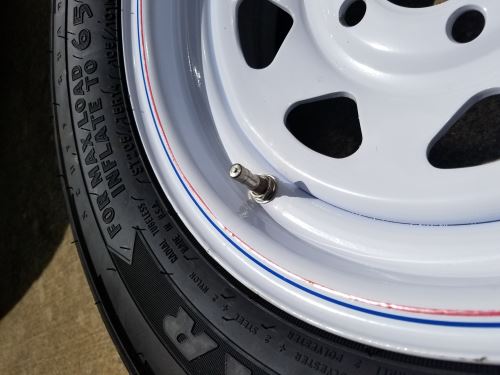
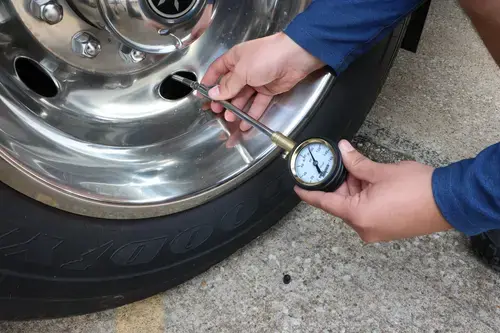
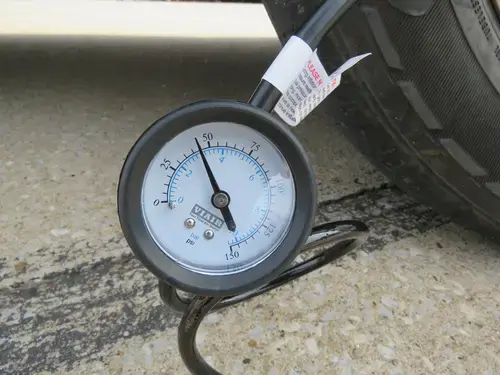
How to Adjust Tire Pressure
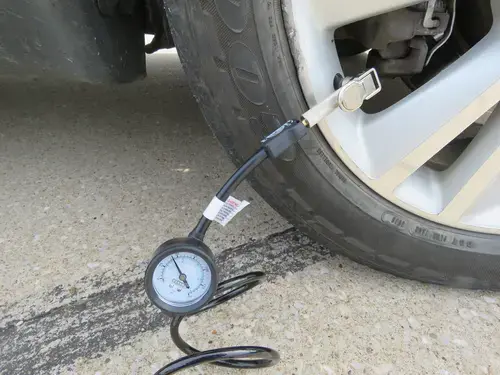
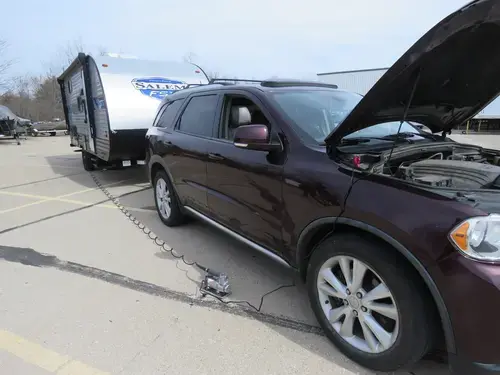

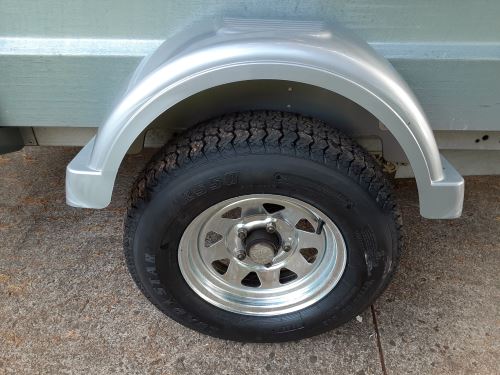
Portable Air Compressors
Tire Gauges
Conclusion

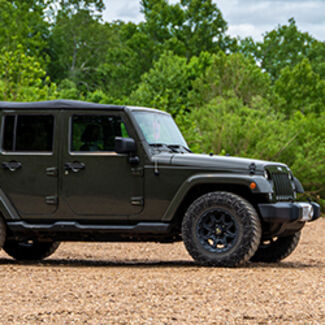
Chris
4/19/2024
Your web site provides a better answer than the one in the article. Why not say what you have already said? Trailer tires, which will have an ST in front of the size, should always be inflated to the maximum psi indicated on the tire. Trailer tires usually do not have a recommended and maximum psi indication so I am curious if the tries on the camper are ST tires or regular passenger vehicle tires. On a regular trailer tire you would inflate it to the max psi indicated on the tire because trailer tires are built with a thicker sidewall to handle more vertical load.

Gerard
4/19/2024
The pressure listed on the sidewall is the maximum, not the recommended. Recommended tire pressure depends on the load and is hopefully available from the manufacturer. For example, here are the pressures for Goodyear Endurance tires: https://www.goodyearrvtires.com/pdfs/rv_inflation.pdf

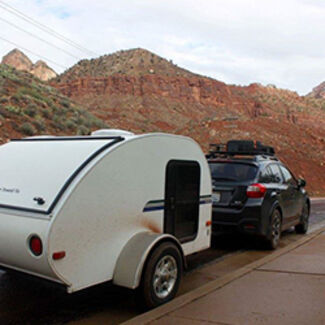
Rob D.
4/19/2024
I disagree with your statement that the max tire pressure given on the sidewall should be used to fill your tires. This assumes the vehicle is loaded enough for each tire to be be at its maximum design weight. Highly unlikely. Every modern vehicle or trailer has the recommended COLD tire pressure given, usually ion the left front door frame for cars and trucks, and assume use of the factory delivered tires. This brings me to my question. I tow a light 2300 lb '97 Chevy Tracker 4WD, with over-size BF Goodrich All Terrain TA K02 tires. The door post sticker shows original P205/75/R15 pressure to be 23 psi. Can you tell me an authoritative source, such as BFG, what pressure should be run in the new tires? I commonly deflate to about 12 psi while four wheeling for less washboard bounce and more traction. I measure no difference in tread depth wear between the outer and inner treads.
Departments
Towing
- Trailer Hitch
- Fifth Wheel
- Gooseneck
- Towing a Vehicle
- Front Hitch
- RV Hitch
- ATV Hitch
- HD Truck Hitch
- Vehicle Wiring
- Brake Controller
- Ball Mounts
- Weight Distribution
Sports and Recreation
Trailer Parts
- Utility Trailer
- Boat Trailer
- Landscape Trailer
- Enclosed Trailer
- 5th/Camper Trailer
- Car Hauler
- Horse Trailer
Vehicle
Contact & Help

What our customers are saying:
"Easy place to shop. Fast delivery and great products. Very happy with my purchase."
Popular Vehicles
- Subaru Forester
- Ford F-350 Super Duty
- Ford F-250 Super Duty
- Chevrolet Silverado 1500
- Jeep Wrangler Unlimited
- Jeep Wrangler
- Ram 3500
- Toyota Highlander
- Ram 2500
- Chevrolet Silverado 2500
- Subaru Outback Wagon
- Chevrolet Silverado
- Dodge Ram Pickup
- GMC Sierra 2500
- Ram 1500
- Ford F-250 and F-350 Super Duty
- Jeep Grand Cherokee
- Toyota Tacoma
- GMC Sierra 3500
- Toyota Tundra
- Ford Escape
- More >>



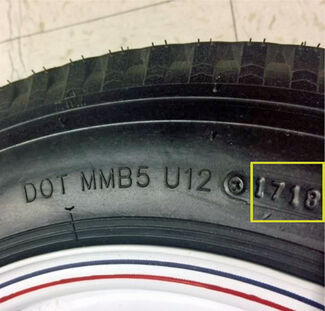
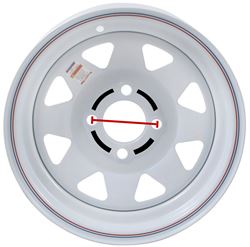
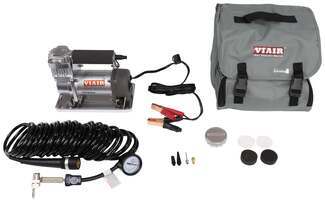
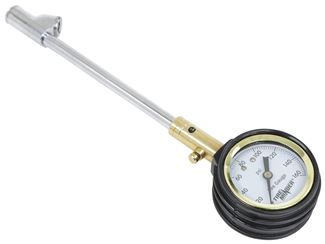
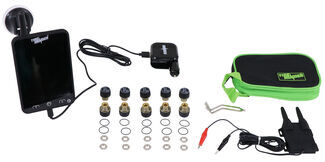
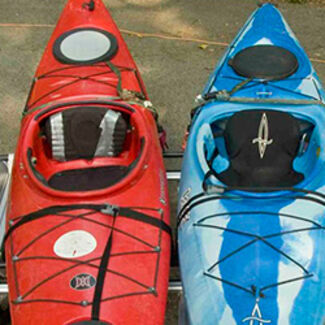
















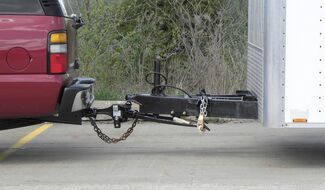







Ty C.
4/22/2024
The max pressure is NOT the manufacturers recommended pressure. You must check with the manufacturer and base the pressure on the load weight. For example, I run Goodyear Endurance Special Trailer (ST225/75R15) tires. This is the load/inflations information from Goodyear: https://www.goodyearrvtires.com/pdfs/rv_inflation.pdf My trailer is 7,600 pounds loaded on dual axles. So 7,600 divided by 4 is 1,900 pounds. The recommended pressure from the manufacturer is 45 PSI, NOT the max pressure of 80 PSI. There are several disadvantages to running at the max pressure if the recommended pressure is lower. The ride will be rough, since over-inflated tires will bounce more. For a travel trailer, this can result in damage to the trailer and contents being bounced around while in transit. More importantly, it reduces the tire traction because there is less contact with the road, which can affect handling and braking, especially in rain. It also increases the risk of blowouts, since the tires don't have as much "give" when you hit potholes and other road hazards. Under-inflating is also bad and can result in overheating, bad wear, poor handling and braking, and blowouts. Find the proper inflation from the manufacturer, weigh your trailer, and inflate to the recommended PSI. Another thing many people don't consider is that trailer tires have specific lifespans, usually 3 to 6 years, regardless of tread depth. There is a DOT code on the side of the tire that indicates the week and year it was manufactured. Rubber breaks down with exposure to oxygen and ozone and most people don't put enough miles on a trailer to wear out the tread before the tire ages out. And while you're checking pressure, also visually inspect the tire for cracks, bulging, etc. Many trailers are stored outside and sunlight can be harsh on tires. Combine aged tires running at max pressure with a pothole and the results are not pretty.